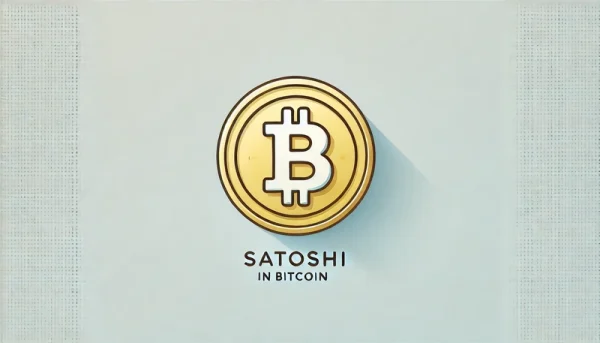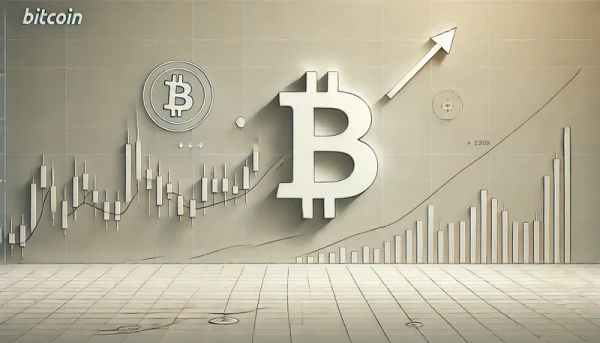Discover the Basics of Stellar’s Blockchain Technology
Table of content
- What is Stellar?
- the Stellar Network
- What are the characteristics of the Stellar Blockchain?
- How does the Stellar Blockchain function, and what advantages does it offer?
- Where does Stellar's value originate from?
- Are you eager to find out more about the Stellar payment system and how it operates?
- How will you accomplish this transition?
- Here’s what happens next.
- What is the minimum transaction fee in the Stellar Network?
- What are the start-up costs and charges for integrating a dApp into the Stellar Network?
- What are anchors in the Stellar Network?
- What are Stellar's distributed exchanges?
- Stellar is a cryptocurrency that can handle many different currencies.
- How does the Stellar Protocol keep the financial network secure?
- In an FBA system.
- Blockchain applications for business use Stellar Blockchain
- Protocol 13
⚡️ What does Stellar Crypto do?
Stellar is a revolutionary, open-source platform enabling users to seamlessly send and convert digital currency into local fiat money domestically and abroad. By investing in peer-to-peer financing, you can generate a lucrative return on your money by loaning it to others. Transform your virtual funds into real currency today! The blockchain cryptocurrency of Stellar is called the lumen, which trades under the symbol XLM.
⚡️ What is Stellar cryptocurrency based on?
Stellar is a payment network built on blockchain technology. It enables quick international money transfers between any pair of currencies. In many ways, it is comparable to other digital currencies powered by blockchain technology.
⚡️ Do you know what separates Stellar from Ethereum?
Stellar is less flexible than Ethereum
Ethereum is a platform for smart contracts, much like Stellar. It can do everything Stellar and more can – but not as quickly or cheaply. However, the creators of Stellar specifically designed it to be incapable of achieving everything Ethereum can.
⚡️ Stellar on the Ethereum blockchain?
Stellar is a decentralized cryptocurrency that uses blockchain for network synchronization, but the user experience resembles cash rather than Bitcoin or Ethereum.
What is Stellar?
The Stellar payment protocol facilitates swift cross-border payments in any currency pair. This advanced cryptocurrency can be compared to other digital currencies built on blockchain technology in various ways, as it operates on the same decentralized ledger system.
Stellar is a blockchain that aims to “allow banks, payment systems, and individuals” to interact through its network. According to the website, Stellar's blockchain is a platform that connects banks, payment systems, and people “to move money quickly, safely, and for almost no cost.”
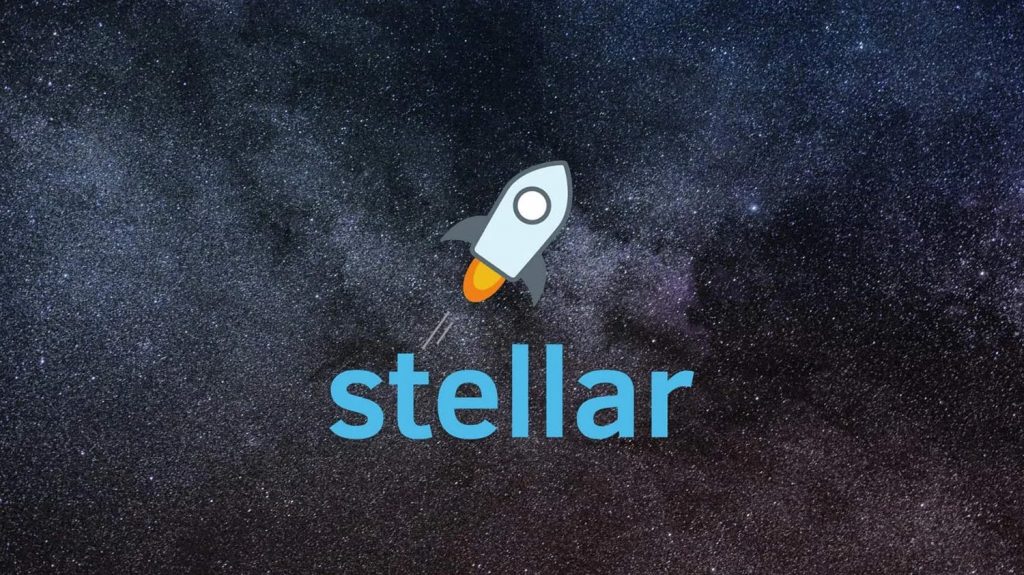
The Stellar Lumen blockchain allows for any transaction possible and its native digital currency, XLM/Stellar Lumens. During the network's creation, they generated a total of 100 billion.
The only other way to produce XLM is by inflation. The lumen creation rate is only 1% annually to compensate for economic expansion and lost lumens. New lumens are generated each week and awarded by direct vote.
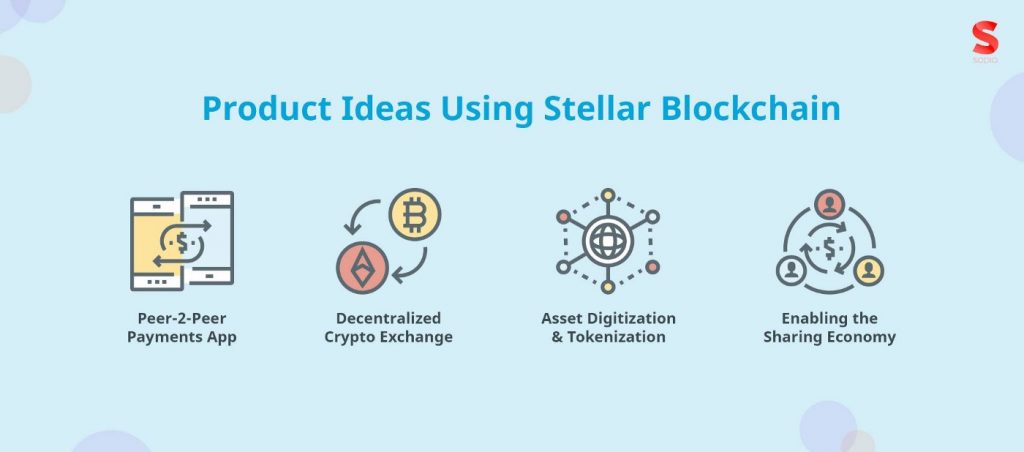
the Stellar Network
The Stellar network is a decentralized, open-source blockchain protocol that allows people worldwide to transact financial transactions securely. Its community powers it and offers unprecedented transparency in the digital payments industry. Simultaneously, the Stellar Development Foundation– a non-profit organization–works to promote further financial inclusion through tool creation and social outreach initiatives surrounding this revolutionary technology. It is worth noting that while Stellar employees or developers may write some of the code for the Stellar network, its implementation remains completely autonomous.
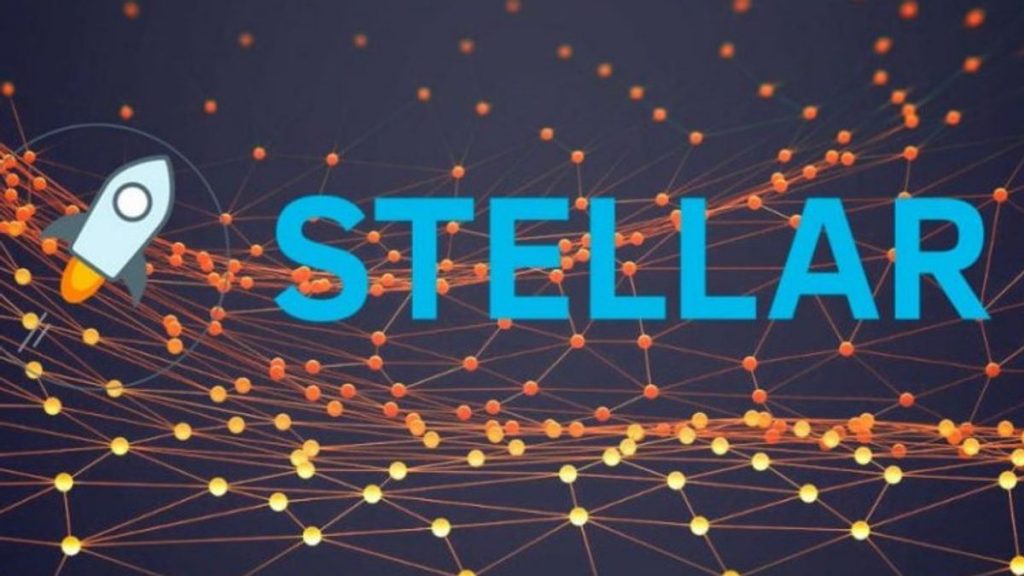
What are the characteristics of the Stellar Blockchain?
Unlock the financial potential of your savings and gain extra income through peer-to-peer lending. Enjoy attractive returns on investment through loaning to others, and watch as your wealth grows!
- The Stellar database incorporates several characteristics of a natural blockchain system, as it is open-source and decentralized.
- The confirmation time for transactions is 3-5 seconds, thanks to a consensus mechanism.
- It is the maximum number of transactions that a block can support.
- It enables multi-signatures and intelligent contracts.
- It has a fixed annual inflation rate of 1%.

How does the Stellar Blockchain function, and what advantages does it offer?
Like other blockchain platforms, the Stellar network records transactions onto a publicly shared and distributed ledger.
The Stellar Consensus Protocol (SCP) is a consensus algorithm based on the Federated Byzantine Agreement (FBA) used by Stellar (SCP).
Transactions on the Stellar network are processed quickly and inexpensively because every user on the web can confirm a transaction's validity within seconds. Each user (a “node”) contributing information to the global ledger creates a smaller network of trusted collaborators. Quorum Slices are mini-networks built by each node that only include the participants it charges.
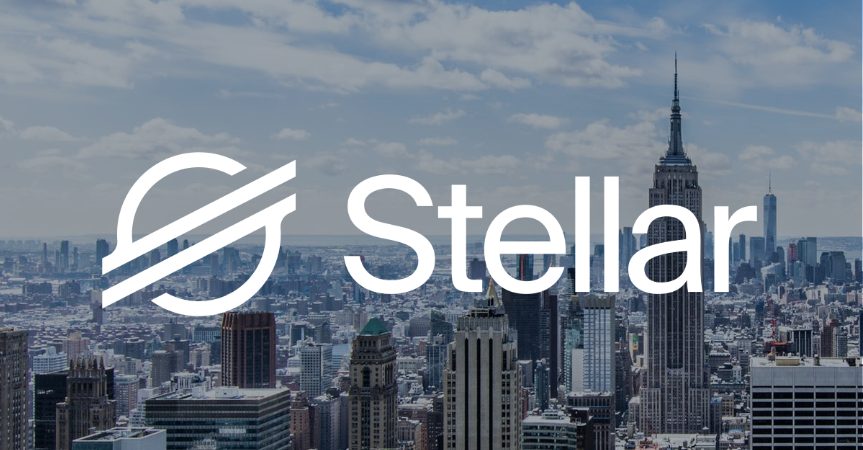
Where does Stellar's value originate from?
Thousands of currency and token transfers happen every second on Stellar, making it a beneficial network. Transferring cryptocurrencies and fiat currencies is a time-consuming, expensive procedure. Stellar makes it quick and inexpensive. Users pay transaction fees using XLM (Stellar wallet) and maintain their accounts with XLM (Stellar network).
Are you eager to find out more about the Stellar payment system and how it operates?
Let's assume a situation to grasp better how the Stellar payment system works.

Janet and Keith are both residents of the United States.
Janet wants to send Keith a £5,000 inter-regional business deal (GBP).
How will you accomplish this transition?
By keeping an account with Bank A in America and Keith maintaining one with Bank B overseas, Janet and Keith can effortlessly shift money from one bank to the other. Both banks are “anchors” on the Stellar network connected to both.
Here’s what happens next.
Janet sends Keith $5,000. The goal of the transaction is immediately forwarded to Bank B to see if he qualifies.
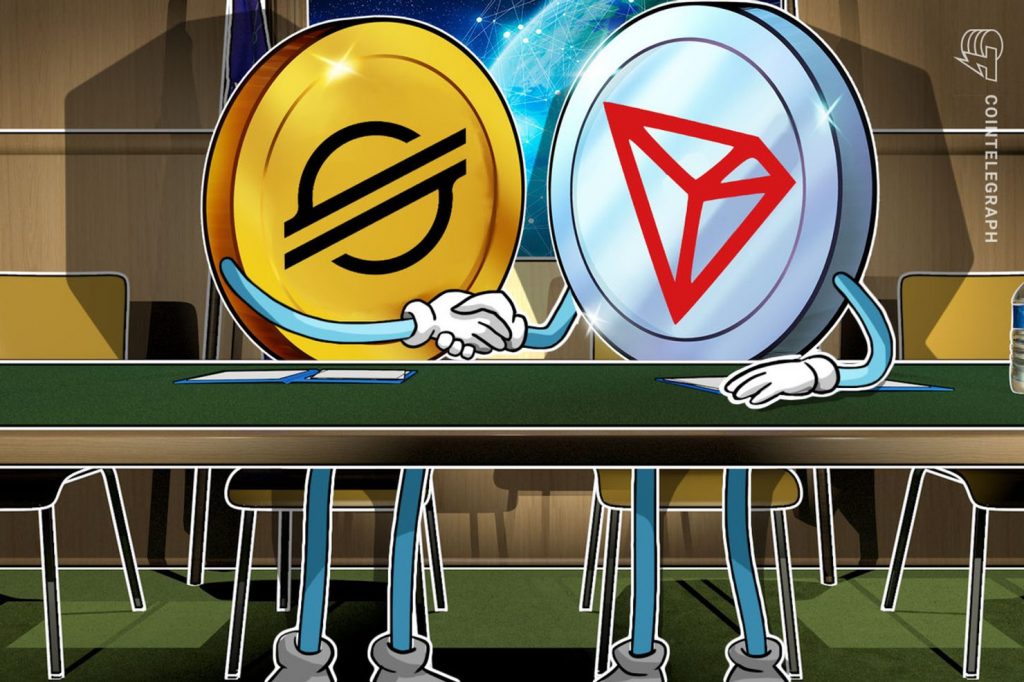
Bank A debits Janet's account as soon as Bank B approves.
Next, the funds are transferred from Bank A's pool account to Bank B's Stellar network account, becoming XLMs.
Once inside the Stellar coin network, it searches for the optimal exchange rate to convert XLM into GBP. Subsequently, the funds move from Bank B's base account to Keith's account.
What is the minimum transaction fee in the Stellar Network?
The Stellar Network's base transaction fee is tiny for each transaction. There is no personal gain behind this fee. It is a deterrent to harmful behavior (such as DoS assaults).
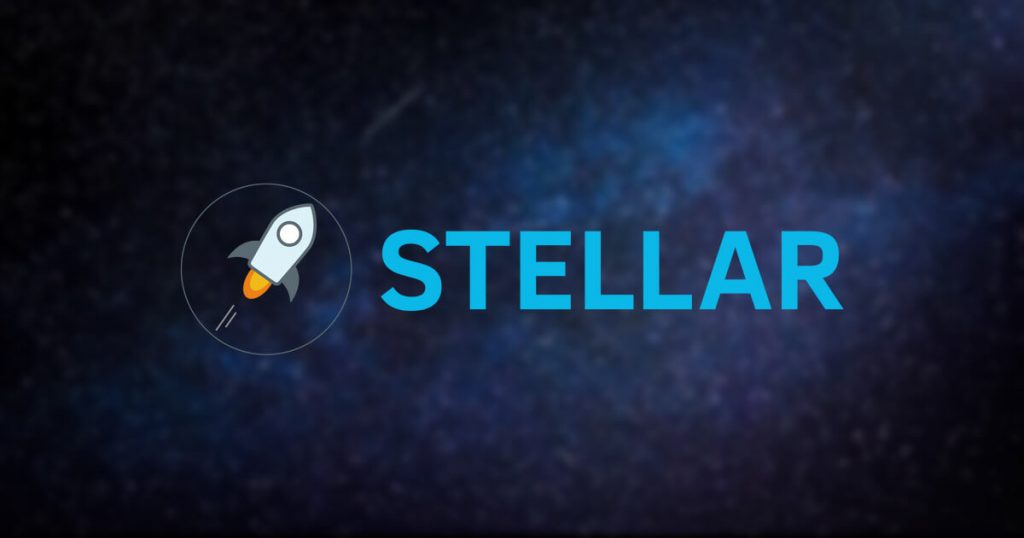
Currently, the base fee is 0.00001 XLM. The sender of the transaction bears the cost. The ledger collects the payment and subsequently redistributes it through inflation.
What are the start-up costs and charges for integrating a dApp into the Stellar Network?
The Stellar Network is free to use with all of the software you need for integration included, and it's covered by the Apache License (version 2.0). It allows for commercial usage, customization, and distribution.
Integration from a stellar coin perspective refers to the technological procedure of connecting to the Stellar network. It implies establishing systems that can interact with the Stellar network.
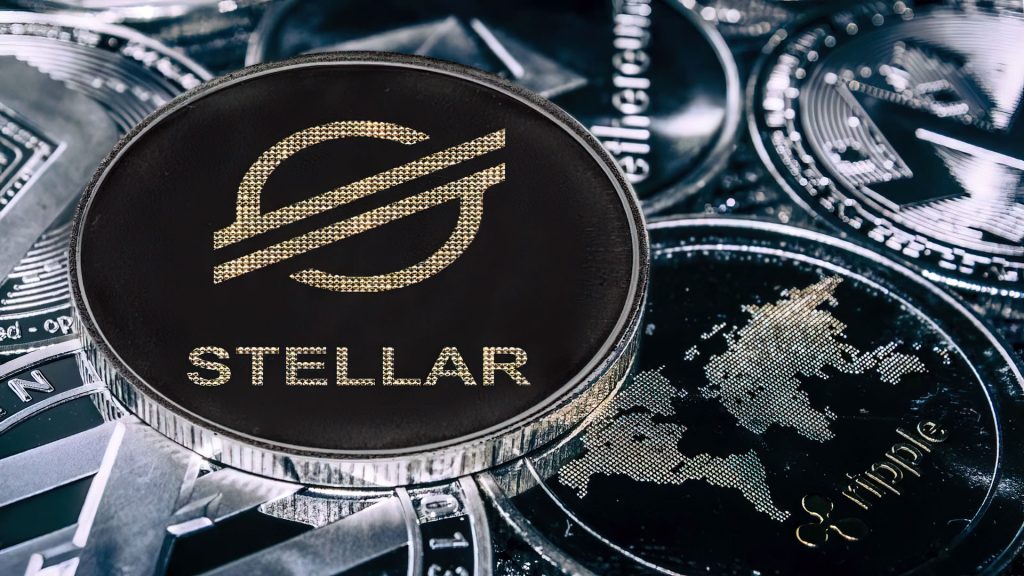
Integrating with the stellar coin will require technical resources. The time needed for technological development typically ranges from 120 to 200 hours, depending on your team's size and skill level.
So, let's assume you're using a third-party blockchain service provider (BaaS). You will pay any fees incurred in this scenario for expert advice, consultation, and the development team's cost.
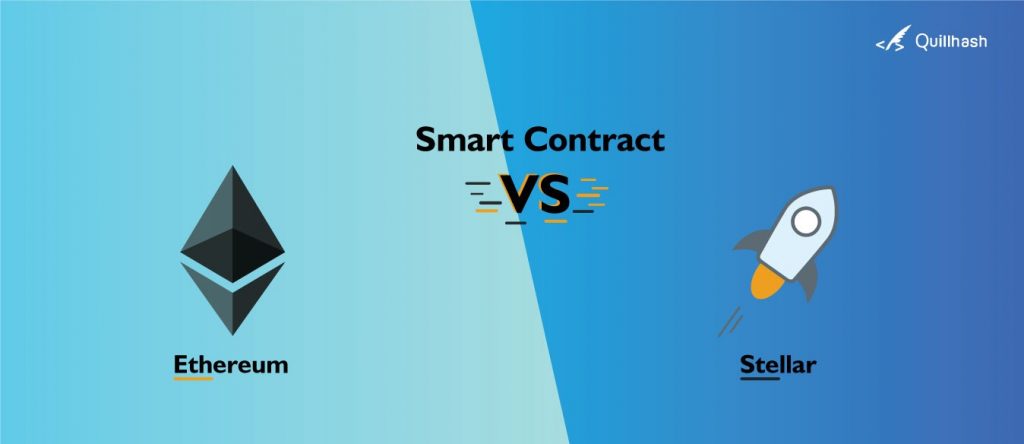
What are anchors in the Stellar Network?
An anchor is a facility that may store money and provide loans in the Stellar Network.
Consider an “anchor” as a link between different currencies and the Stellar Network. All monetary transactions made on the stellar coin network, except XLM, are carried out using credit issued by Anchors.
The Stellar network is based on Anchors. You must entrust deposits and credit creation to Anchors in the end.
What is the Stellar core in blockchain?
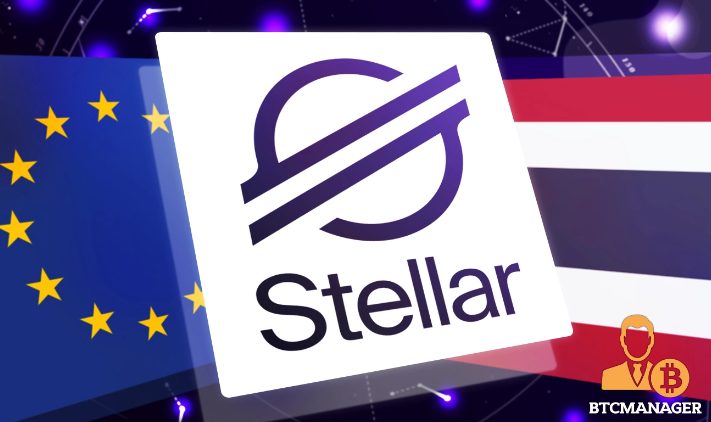
What are Stellar's distributed exchanges?
To better comprehend the idea of distributed exchanges, we must first understand what “offers” are.
An “offer” to exchange one sort of credit for another at a predetermined rate is what Stellar considers a “bid.” In this manner, the Stellar network becomes a trading platform that allows the exchange of numerous currencies.
The orders made in the stellar coin register are called “offers.” The network has an order book for each currency/issue pair.
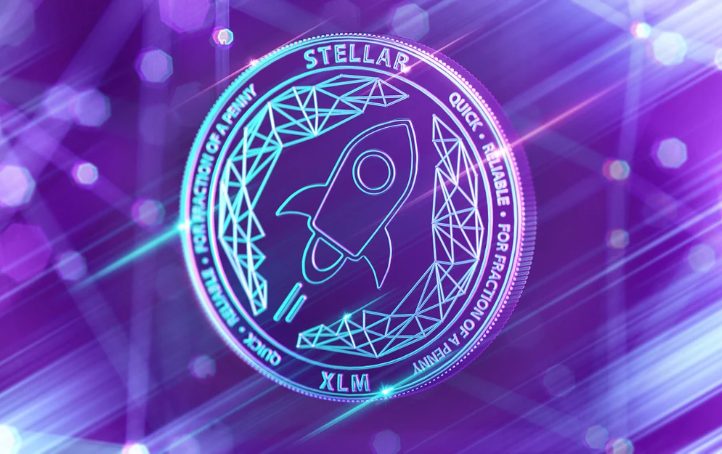
For example, an order book exists for moving RBS/GBP to Bitstamp/Bitcoin.
Stellar is a cryptocurrency that can handle many different currencies.
Multicurrency transactions are another one of Stellar's main features. For example, transferring funds from a U.S.-based account to your pal in America is fast and straightforward with the right tools. This unique aspect of the stellar coin is its ability to conduct transactions in a decentralized way. We'll assume that USD/EUR is being traded to make things easier for you.
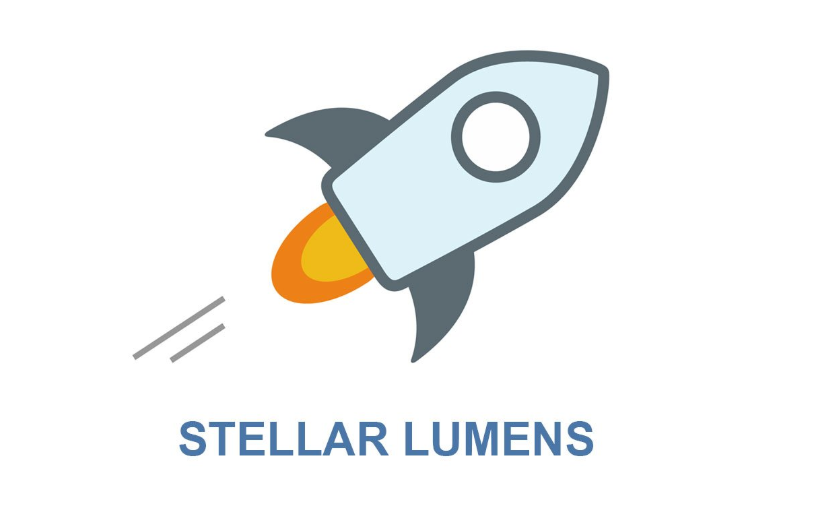
How does the Stellar Protocol keep the financial network secure?
The foundation of Stellar's consensus mechanism lies in the Federated Byzantine Agreement (FBA). The FBA guarantees that the system is running smoothly by implementing quorum slices generated from each node; together, these define system-wide quorums. Like how individual networks connect different parts of the Internet's global network, quorum slices bind Stellar's currency network together.
In an FBA system.
The participants are organized into smaller networks, enabling each node within these networks to be aware of its key contributors.
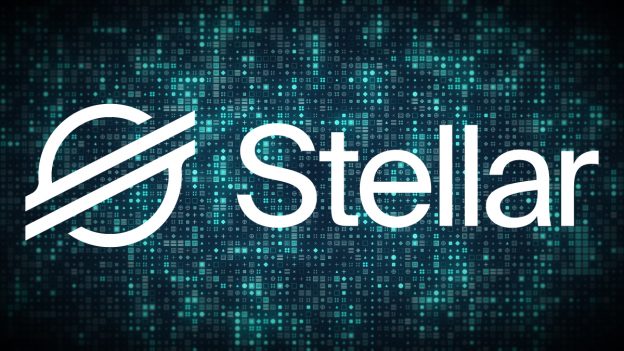
After the transaction begins, a node waits for most of its little network members to agree before declaring a settlement transaction.
The purchase transaction reaches completion when all the required participants reach an agreement. To be verified as legitimate, a transaction must gain the stamp of approval from numerous participants in the network. It becomes impossible to hack or reverse at this point.
The FBA consensus mechanism protects the financial network that operates in the Stellar network by ensuring security and integrity. It provides SCP freedom from blocked states (when consensus is no longer feasible) as long as participant failures do not render it impossible to satisfy trust obligations.
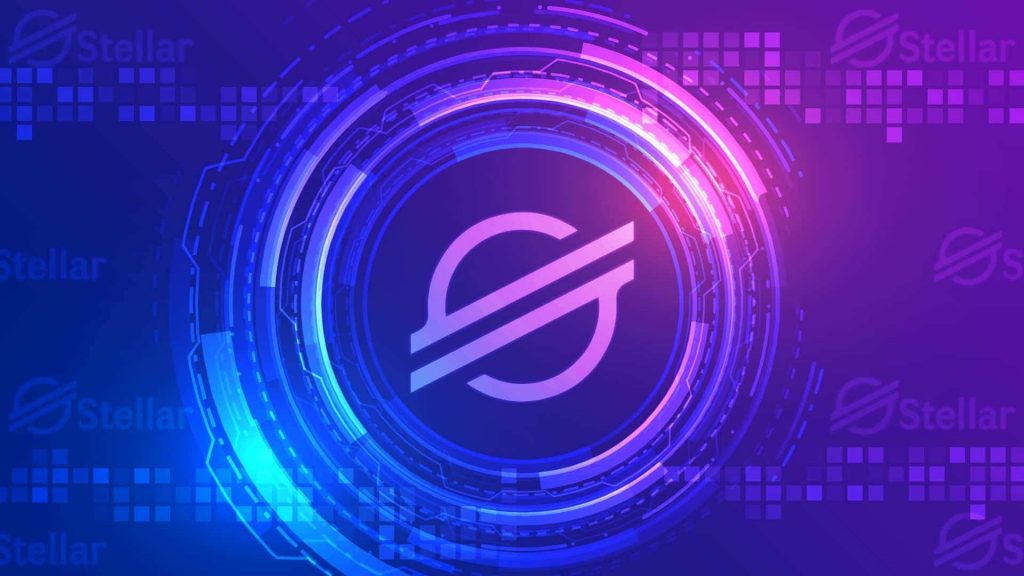
Stellar has applications that cover a wide range of sectors, from finance to ensuring that businesses fulfill essential functions securely. Given the numerous features of the Stellar blockchain, it is a multi-purpose platform.
Here's a list of top app ideas:
- Anchors in other currencies.
- Mobile and trading clients
- Web-to-mobile application mashups
- Seller plugin
- Accounts for school, health, and insurance are known as Azul.
- To protect your organization, you can buy insurance that covers: data breaches -> You may purchase specialized insurance to safeguard your company from damage caused by cyber-attacks.

- Invest in peer-to-peer financing and reap the rewards of a substantial return on your capital! Loaning out funds to qualified borrowers is an effective way to generate income while helping others.
- Cash transfers in exchange for behavior change.
- Non-profit organizations may benefit from donation software.
- Loyalty Programs
- Local currencies
- Bank of time banking
- Tracking volunteer hours
- You may link your account to any device.
If you're eager to delve deeper into the Stellar blockchain, then The Stellar Blockchain Observer is invaluable. But what exactly is a blockchain observer? Consider it like a gateway to the blockchain, comparable to Internet Explorer or Google Chrome.

Consequently, the financial services industry still needs to reach its potential growth, leaving many communities needing reliable access to necessary financial products and services. It also provides comprehensive statistics, pricing history, and detailed reports on all assets in the Stellar network to assist you in making better judgments.
Protocol 13
Stellar develops significant changes to its core every year. The introduction of Protocol 13 in 2020 was the most significant change in years.
- Fee Increase.
- Hiking fees are on the increase at several resorts and hotels. These hikes allow for the following: –
- Applications must cover user fees.
- Increase transaction costs for pre-signed transactions if necessary.
- Allow validators to raise prices as needed.
- You can control asset authorization with precision.
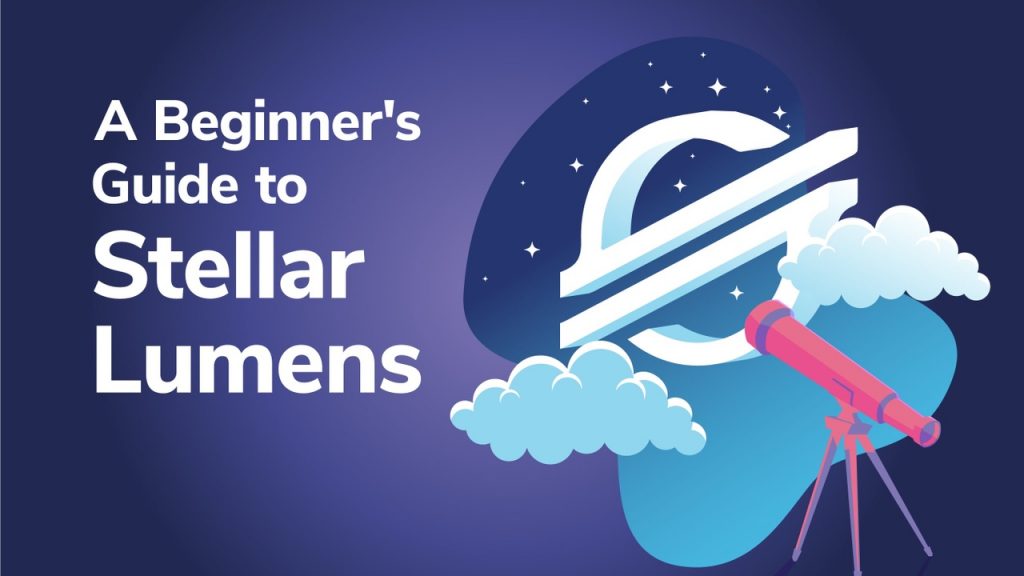
Protocol 13 allows you to cancel authorizations while keeping orders on file. It makes it much simpler to identify regulated assets such as securities. Regulated asset holders can make three transactions in a single transaction:
- Allow the account to access the purchases (signed by the issuer)
- Pay or make an offer (signed by the user)
- Deny access to the support (signed by the user)
- Premium multiplex accounts
To correctly update user accounts, you'll need notes to navigate payments. Exchange exchanges and other custodial services must maintain a single stellar deposit address.
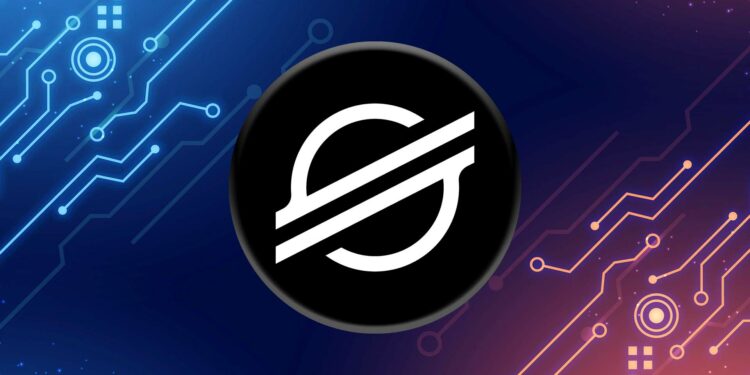
The release of Protocol 13 enables Stellar to offer a new account type that will simplify the tracking of different payment types. This change provides greater flexibility by allowing multiple currencies per account and sub-accounts for specific use cases.
Because the global financial infrastructure contains many closed systems, it takes time for money to move across political boundaries quickly and cheaply. Consequently, the financial services industry still needs to reach its potential growth, leaving many communities needing reliable access to necessary financial products and services.
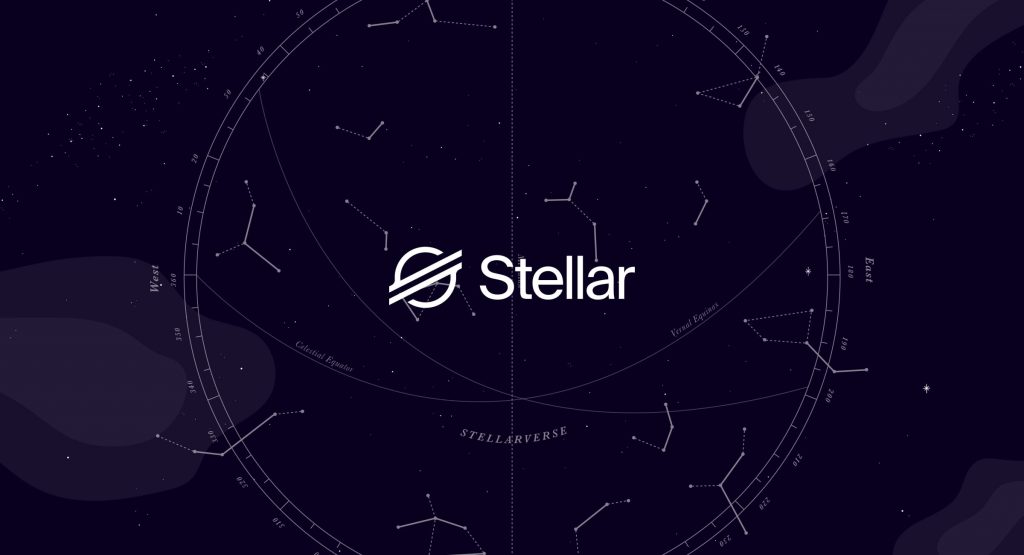
We must build a better economic infrastructure to support the company's massive organic growth and innovation and ensure financial transaction integrity.
Integrity maintenance has been observed through a significant reliance on entry barriers and regulation from established institutions. However, this approach is different from the prerequisites necessary for organic growth. This conflict demands new, innovative participants equipped with only the bare minimum of financial and computing resources.
The Stellar blockchain platform boasts the potential to create a global decentralized financial network open to anyone. It would work by ensuring that participants accurately record transactions and collectively agree on their authenticity or validity. In such a network, new organizations could quickly gain entry and extend financial access to unserved communities.
